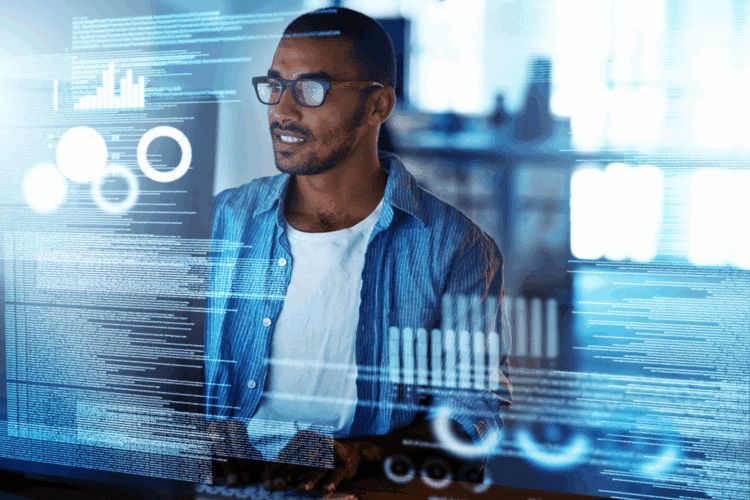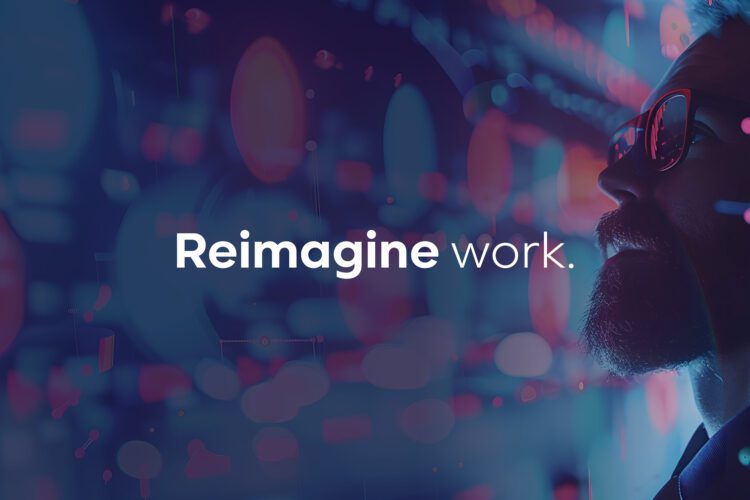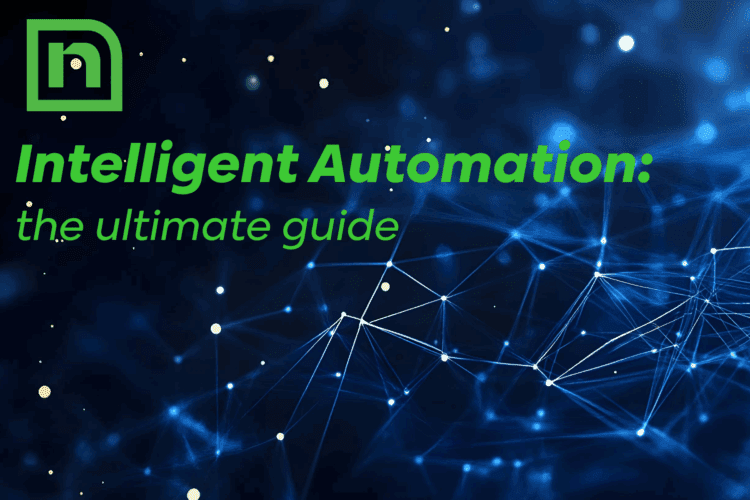Artificial Intelligence (AI) can get a bad rap, especially right now with the explosive rise of AI systems like Chat GPT. When you search on Google for “Will artificial intelligence,” you are prompted with a lot of scary questions, none of which address the positive impact of artificial intelligence:
Will it take over the world?
Will it take over jobs?
Will it destroy humanity?
Of course, there are ethical considerations we need to consider with AI, but it is not all bad.
It’s worth looking at both the benefits and the potential risks of technology because AI is driving phenomenal advances in our society in everyday life.
Beyond using AI to automate repetitive tasks or using convenient AI tools like Chat GPT for queries like restaurant recommendations, innovative professionals are increasingly finding uses for AI that solve some of the world’s biggest problems from poaching to healthcare outcomes, giving us plenty of examples of the positive impacts of AI.
Take Steen Graham, Founder of Scalers AI, for example. He’s leveraging AI systems to positively impact the world and humanity.
The Non-Scary Side of Artificial Intelligence (AI) with Steen GrahamIn the interview above, Steen shares his best advice on how you can get started building an AI program to drive your business and society forward.
But he also gives us six tangible examples of how AI is being used for good. For an overview of those six inspiring use cases, read on.
But First: How Do AI Technologies and Its Subcategories Work Together?
Before we dive into our examples, let’s face it: the pervasiveness of artificial intelligence has made it a difficult term to unpack. Using the analogy of a Russian nesting doll, Steen gave us a simple analogy:
- Artificial Intelligence is the term used to encompass technology that replicates the human-based ability to learn. Think of AI as the biggest Russian nesting doll.
- Machine Learning is traditionally a subset of AI technologies, where machines can train themselves on a data set and thereby apply intelligence based on that trained data set. This doll fits inside the larger AI doll.
- Deep Learning is a layer deeper than basic machine learning. Deep learning mimics the human brain’s ability to process information in parallel. Typically, computers process information serially. This is the smallest doll that fits inside the other two.
The Positive Impact of Artificial Intelligence: 6 Ways AI Is Making a Difference
1. Monitor and Improve the Health of Coral Reefs
It’s anticipated that up to 70% of the world’s coral reefs could be destroyed if no action is taken by 2050.
This issue is particularly pressing, as about a quarter of marine life depends on the health of coral reefs.
Artificial intelligence is now used with underwater cameras to detect the health of the coral reef and process data and send it to the cloud.
With this technology, scientists can classify the fauna surrounding the coral reef to determine its ongoing health without disrupting the environment as a diver might and without the risk of human error.
2. Help Alert Us to Dangerous Weather Patterns From Space
There are a lot of satellites that take hyperspectral images of the earth. And while these satellites can send those images to climatologists, there are limits to the bandwidth between space and earth.
Artificial intelligence can identify patterns effectively, which allows it to be deployed in a satellite to identify which images are most pertinent for climatologists on earth. Satellites can detect events like fast-moving weather patterns and forest fires and prioritize these images.
As a result, climatologists can use this information to give early warnings to populations.
3. Stop Poaching
About 35,000 elephants are poached every year, and poaching is not limited to just elephants. Gorillas, lions, and other incredible animals are poached.
It can be very challenging to secure the mass area these animals inhabit.
With AI, we can detect poachers 24/7 and at a much lower cost. When a camera sees a poacher enter a certain region, it can send an alert, thereby preventing the act or allowing the local officials to address it quickly.
4. Improve Health Outcomes Across Labor & Delivery
Both the fetal position and the exit angle are vital to the health of the baby and parent throughout labor and delivery, making early detection important.
Artificial intelligence integrated into ultrasound technology can measure the baby’s fetal position when it’s exiting the womb. This level of monitoring allows doctors additional information to make informed decisions that promote healthy births.
5. Keep Healthcare Environments Free of Pathogens
Artificial intelligence and Robotics can keep hospital and clinic staff safe from harmful pathogens.
AI-enabled robots can use ultraviolet light to clean patients’ rooms so nurses and other medical professionals can avoid them which reduces the spread of pathogens.
6. Drive Further Research While Keeping Patient Data Safe
Solving medical problems requires massive amounts of data. However, in healthcare, compliance with medical privacy laws such as HIPAA is critical.
AI tools are now being used to anonymize data, keep it in its secure location, and build new data sets that use the valuable insights from that data to drive research.
7. Improve the Customer Experience
Your customers want to feel appreciated and to have their issues resolved as quickly as possible, so many organizations are using AI systems to make capture these outcomes in their customer experience.
AI systems allow your employees to surpass customer expectations, whether it’s through rapid, human error-free service, convenient product recommendations, or one-on-one engagement.
Discover How AI Systems Can Help You
To start using artificial intelligence to solve problems unique to your organization’s everyday life, you must first understand the biggest challenges in your industries and identify potential opportunities for transformation and efficiency.
Then, you can enlist others in and outside your organization to assist you on your journey to build a strong AI program that can solve those problems. Digital Transformation and innovation require adoption at all levels of the organization. You won’t be successful without end-users, IT, and leadership aligning.
Maybe the solution to your problems includes deep learning or an AI-enabled tool like Intelligent Capture.
There’s an incredible amount of tools and training available online that anybody can learn.
Want More Content Like This?
Subscribe to the Naviant Blog. Each Thursday, we’ll send you a recap of our latest info-packed blog so you can be among the first to access the latest trends and expert tips on workflow, intelligent automation, the cloud, and more.






